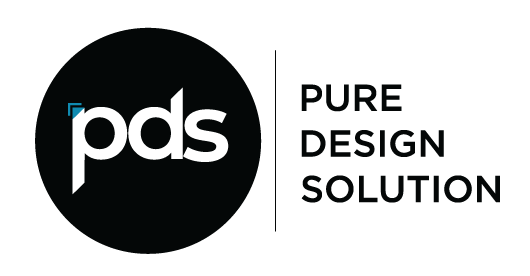In a recent group discussion on Sales Lead Generation with other marketers and business owners, the presenter asked us how we decide which leads or prospects to pursue, especially if it’s been a while since the last follow-up.
One of the participants responded, “I just rely on my intuition!” He said he went with his gut feeling to decide which ones to pursue and which to let go. Well, good for him! But for most of us, this approach won’t work if you are trying to win a large client or increase overall sales volume. You’ll drop the ball and miss follow-ups that could lead to a close, leaving you frustrated that your lead generation isn’t working.
That’s why it’s important to adopt a Customer Relationship Manager – A CRM. Think of it as your customer database to track, record, and prompt you for an action that you may miss otherwise. It is the simplest way to eliminate overthinking your process.
If you have one already, give yourself a pat on the back. But if you don’t, then now is the perfect time to create room for it in your marketing budget for 2023. CRMs have evolved from the early days when they used to be quite pricey and hard to understand, to the newer easy-to-use versions that can be under $50 per month.
Why do you need one?
In today’s landscape of multi-channel marketing, you have leads coming from different sources – website sign-ups, paid advertising, networking, trade shows, referrals, and more. There should be a structure in place to store and a process built to consistently follow up with leads.
The key advantages a CRM offers are:
- Detailed records of each lead are maintained no matter how old a lead is.
- Easy to track the progress of the lead, whether it’s in proposal, won or lost
- The ability to create and implement a follow-up process that can range from 6-36+ months long, depending upon your sales cycle
- Task and notification tools to stay on top of the engagement cycle
- Connectivity with other applications such as Quickbooks, Stripe, and Paypal
- Create proposals and sales documents to shorten the sales closing cycle
- Automation in email campaigns that allows advanced scheduling
- Personalization options for follow-ups with quick tools
- Run daily, weekly or monthly reports to know the lead progress, i.e. the Leads to Deal cycle
… and there are many more.
To put it simply, it’s time to move away from storing and recording your leads in an excel sheet. If your marketing and sales teams are still exchanging excel sheets, it’s definitely time to introduce a CRM. This will unite the teams onto one platform and simplify the sales cycle, so you can spend more time growing your business.
Reach out to us to discover what a CRM could mean for your business. We recommend checking out Zoho One – A suite of applications for marketing and sales processes.

